APPLIED KINESIOLOGY
Applied Kinesiology (AK) was developed by Dr. George Goodheart in 1964. This system has developed into an entity governed by the International College of Applied Kinesiology (ICAK). Dr. Goodheart’s discoveries led to groundbreaking therapies that help the practitioner treat functional problems before they turn chronic or pathological. A basic principle in AK is that THE BODY IS SELF CORRECTING AND SELF MAINTAINING. With AK it is possible to find problems impeding the body’s normal return to health.
To become an AK practitioner takes at least a 100 hour certification course to become certified. Please be sure your practitioner is certified as there are offshoots of AK that are not accepted by the ICAK.
What is applied kinesiology?
Kinesiology, also known as biomechanics, is the study of body movement. Applied kinesiology (AK) which is also know as muscle strength testing, is a method of diagnosis and treatment based on the belief that various muscles are linked to particular organs and glands, and that specific muscle weakness can signal distant internal problems such as nerve damage, reduced blood supply, chemical imbalances or other organ or gland problems. Practitioners contend that by correcting this muscle weakness, you can help heal a problem in the associated internal organ.
What is applied kinesiology used for?
Practitioners claim that applied kinesiology can be used to diagnose and treat nervous system problems, nutritional deficiencies or excesses, imbalances in the body's "energy pathways" (known in Traditional Chinese Medicine as meridians), and many other health concerns.
Dr. Chuck and Dr. Paula have had the privilege of learning directly from Dr. Goodheart. They also have the privilege of studying presently with Dr. Robert Blaich DC and Dr. Walter Schmitt DC, who have carried on and developed new insights into AK.
